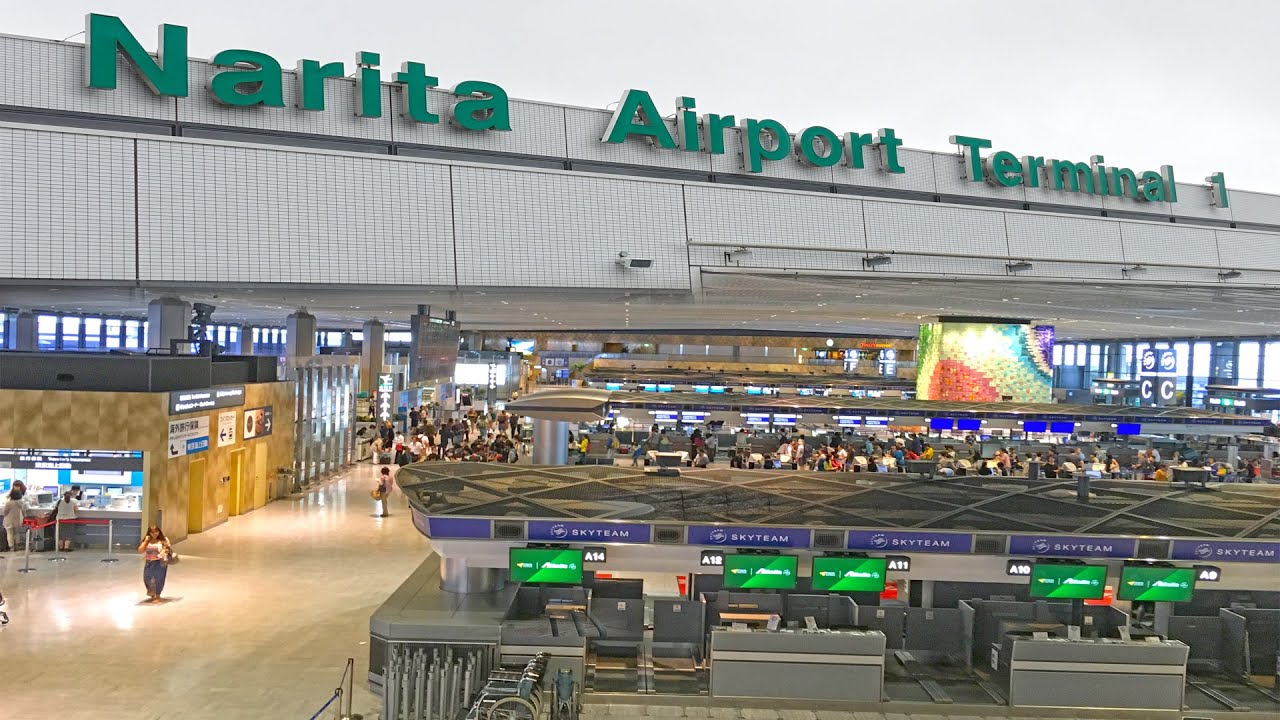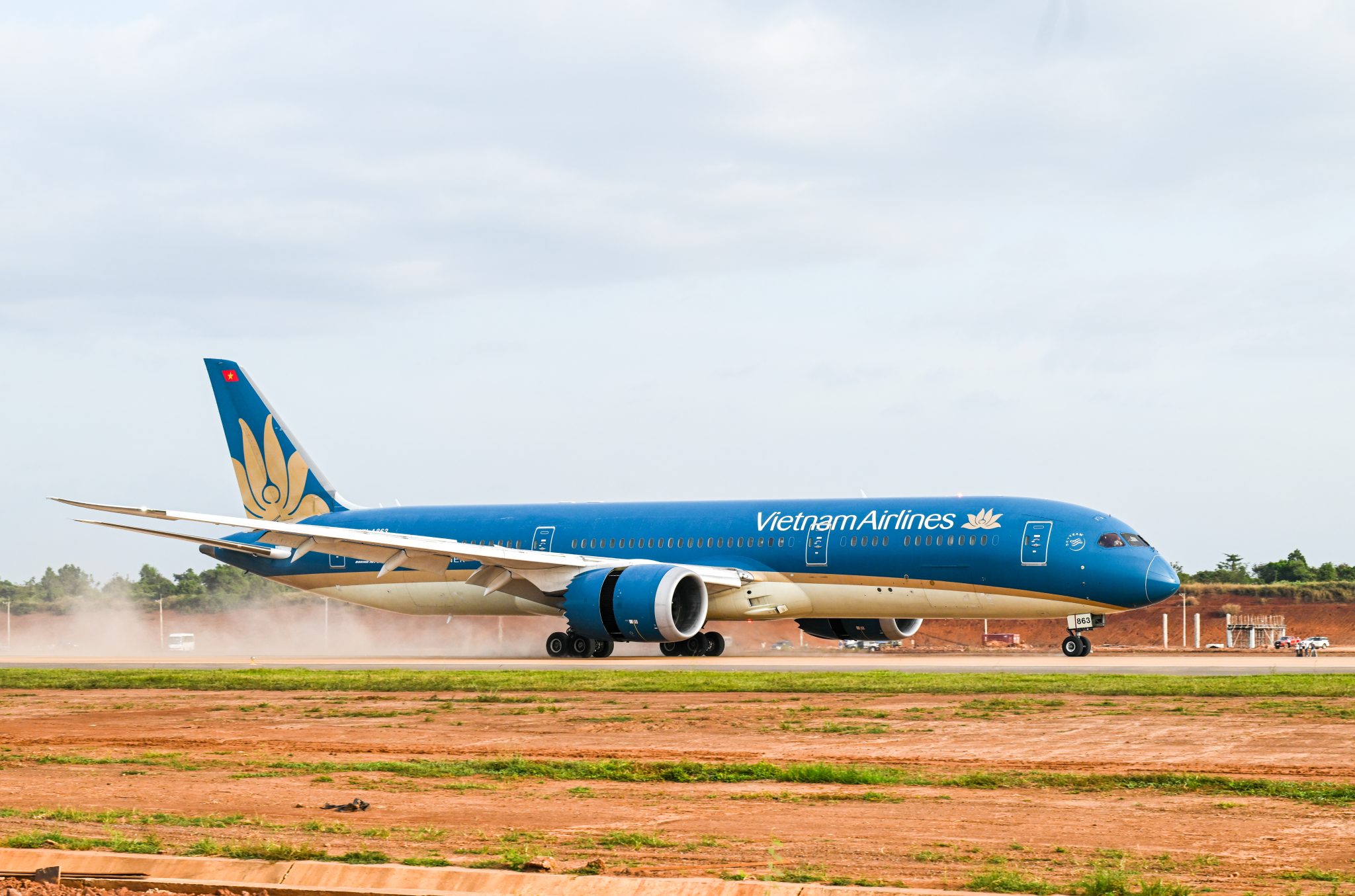The airport aims to introduce a new “One ID” process sometime in spring 2020 that will provide passengers with an end-to-end automated experience using what it describes as “the world’s most advanced facial recognition technology” in an attempt to reduce queuing times.
Passengers’ facial data will be captured at their first point of contact, likely a self-service kiosk, and correlated against passport and check-in data by scanning relevant documents. It will then be possible to go through baggage check-in, security screening, immigration and boarding without having to show your passport or boarding pass a second time.
 Tokyo Narita Airport to introduce end-to-end facial recognition in 2020.
Tokyo Narita Airport to introduce end-to-end facial recognition in 2020.
Initially, the service will only be available to select airlines, namely South Wing and ANA in Terminal 1, and Japan Airlines in Terminal 2. The service will then be extended to other airlines and terminals in phases.
Biometric scanning is increasingly being adopted by airports around the world as they attempt to boost the efficiency of their passenger process procedures amid an ever-growing number of travelers.
Singapore’s Changi Airport notably introduced a similar end-to-end biometric system at its newest Terminal 4, which allows passengers to proceed from check-in to boarding using facial recognition.
Narita Airport also has been seeing other technological trials in recent months, including Japan Airlines using voice-recognition and artificial intelligence to speed up check-in procedures.
Cre: Business traveller










